The worlds of a former neo-Nazi and the gay victim of his senseless hate crime attack collide by chance 25 years after the incident that dramatically shaped both of their lives. They proceed to embark on a journey of forgiveness that challenges both to grapple with their beliefs and fears, eventually leading to an improbable collaboration...and friendship.
Related Movies

Paper Dolls (2006)
Paper Dolls follows the lives of transgender migrant workers from the Philippines who work as health care providers for elderly Orthodox Jewish men and perform as drag queens during their spare time. It also delves into the lives of societal outcasts who search for freedom and acceptance.

La Bare (2014)
Since the birth of the male review in the late 1970s, the greatest male strippers in the world can all be traced back to one club... La Bare Dallas. La Bare gives you a behind the curtains look at the lives, loves, laughs, and loss of the current crop of dancers as well as the man that’s been going strong for over three decades since the club’s inception, Randy “Master Blaster” Ricks.

The Case Against 8 (2014)
A behind-the-scenes look inside the case to overturn California's ban on same-sex marriage. Shot over five years, the film follows the unlikely team that took the first federal marriage equality lawsuit to the U.S. Supreme Court.
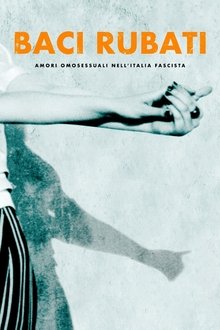
Stolen Kisses: Homosexual Love in Fascist Italy (2021)
Through letters, diaries and personal testimonies, an account of the complexity and variety of experiences of LGBT Italians during the Fascist dictatorship of Benito Mussolini (1922-43); intimate words that contrast with the lyrics of popular songs and the propaganda of the time, obsessed with extolling the myths of virility, femininity and motherhood and constrained by sexual repression.
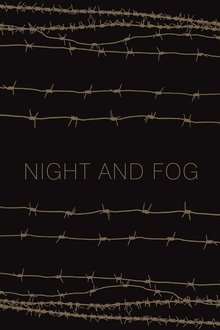
Night and Fog (1959)
Filmmaker Alain Resnais documents the atrocities behind the walls of Hitler's concentration camps.
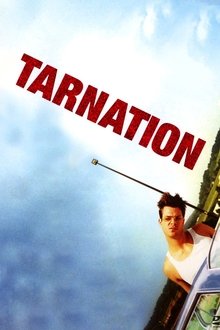
Tarnation (2003)
Filmmaker Jonathan Caouette's documentary on growing up with his schizophrenic mother -- a mixture of snapshots, Super-8, answering machine messages, video diaries, early short films, and more -- culled from 19 years of his life.

John Cale: Fragments of a Rainy Season (1992)
Solo live concert recorded in Brussels, April 12, 1992. Tracks: 1) On A Wedding Anniversary 2) Lie Still, Sleep Becalmed 3) Do Not Go Gentle Into That Good Night 4) The Soul of Carmen Miranda 5) Cordoba 6) Ship Of Fools 7) Leaving It Up To You 8) The Ballad Of Cable Hogue 9) Chinese Envoy 10) Fear Is A Man's Best Friend 11) Dying On The Vine 12) Heartbreak Hotel 13) Paris 1919 14) (I Keep A) Close Watch 15) Hallelujah
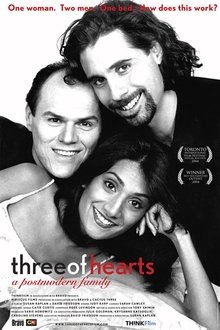
Three of Hearts: A Postmodern Family (2005)
In his early twenties, Sam Cagnina, oldest son of a Mafia hit man, meets Steven, a handsome 19-year old college student and they fall in love. Then, after a few years Sam offers Steven a "visionary" idea. What if they could find a woman who would fall in love with both of them and agree to live in a "trio" relationship? They spend the next 7 years dating and looking for that special woman. Finally, they meet Samantha, a young, struggling actress. THREE OF HEARTS explores this very unique trio union as they negotiate their living arangements, fall in love and open one of the hottest wellness centres in New York City. Everyone who comes in contact with them is never quite sure how the relationship works. But the one thing which seems certain is their love for each other.

Dear Jesse (1998)
In 1996, at age 30, native son Tim Kirkman returns to North Carolina to explore the parallels and differences between himself and Jesse Helms: they're from the same town and college, with media interests, from families blessed by adoptions, Baptists by upbringing.
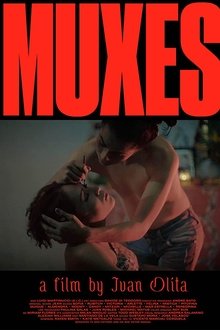
Muxes (2016)
In the indigenous communities around the town of Juchitán, the world is not divided simply into males and females. The local Zapotec people have made room for a third category, which they call “muxes” - men who consider themselves women and live in a socially sanctioned limbo between the two genders.
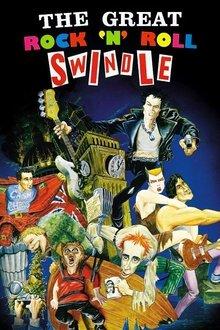
The Great Rock 'n' Roll Swindle (1980)
A rather incoherent post-breakup Sex Pistols "documentary", told from the point of view of Pistols manager Malcolm McLaren, whose (arguable) position is that the Sex Pistols in particular and punk rock in general were an elaborate scam perpetrated by him in order to make "a million pounds."

I'm a Porn Star (2013)
I'm a Porn Star follows the lives of guys in the neighborhood who are likely a lot more famous than you - at least on the Internet. There are an estimated 370 million pornographic websites on-line. Porn is now a thirteen BILLION dollar business. So who's doing all this moonlighting? Turns out -- probably some people you know.
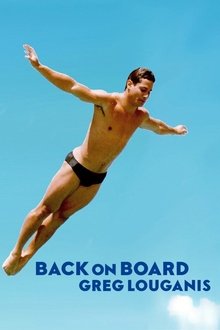
Back on Board: Greg Louganis (2014)
Feature-length documentary about the greatest diver of all time. Four-time Olympic champion Greg Louganis has faced more than his share of challenges. In 2011, he is far from the public eye and struggling to pay his mortgage. Now, the openly gay, HIV+ world-class athlete returns to diving to mentor the USA Olympic hopefuls. This may be his best chance to regain the notoriety -- and financial stability -- he enjoyed at the height of his career.
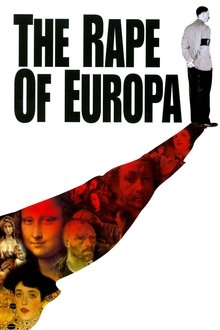
The Rape of Europa (2007)
World War II was not just the most destructive conflict in humanity, it was also the greatest theft in history: lives, families, communities, property, culture and heritage were all stolen. The story of Nazi Germany's plundering of Europe's great works of art during World War II and Allied efforts to minimize the damage.
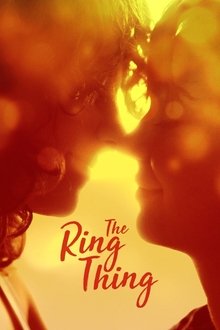
The Ring Thing (2017)
When Sarah accidentally proposes to her girlfriend in Provincetown, the mixup turns their loving relationship into a minefield of marital exploration.
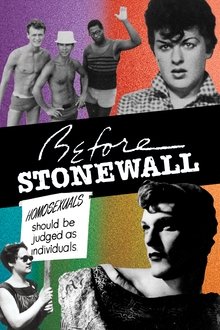
Before Stonewall (1984)
New York City's Stonewall Inn is regarded by many as the site of gay and lesbian liberation since it was at this bar that drag queens fought back against police June 27-28, 1969. This documentary uses extensive archival film, movie clips and personal recollections to construct an audiovisual history of the gay community before the Stonewall riots.

The Decline of the Century: Testament L.Z. (1994)
An epic documentary of rise and fall of Ustasha regime in Croatia.
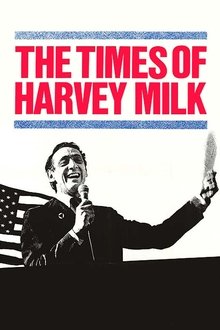
The Times of Harvey Milk (1984)
Harvey Milk was an outspoken human rights activist and one of the first openly gay U.S. politicians elected to public office; even after his assassination in 1978, he continues to inspire disenfranchised people around the world.
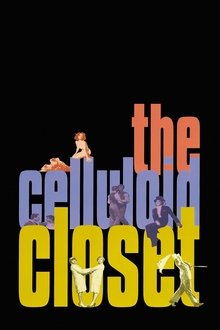
The Celluloid Closet (1996)
What "That's Entertainment" did for movie musicals, "The Celluloid Closet" does for Hollywood homosexuality, as this exuberant, eye-opening movie serves up a dazzling hundred-year history of the role of gay men and lesbians have had on the silver screen. Lily Tomlin narrates as Oscar-winning moviemaker Rob Epstein ("The Times of Harvey Milk" and "Common Threads: Stories from the Quilt") and Jeffrey Friedman assemble fabulous footage from 120 films showing the changing face of cinema sexuality, from cruel stereotypes to covert love to the activist triumphs of the 1990s. Tom Hanks, Susan Sarandon, Whoopi Goldberg, Tony Curtis, Harvey Fierstein and Gore Vidal are just a few of the many actors, writers and commentators who provide funny and insightful anecdotes.
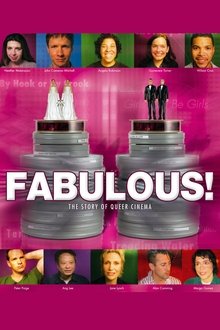
Fabulous! The Story of Queer Cinema (2006)
A chronological look at films by, for, or about gays and lesbians in the United States, from 1947 to 2005, Kenneth Anger's "Fireworks" to "Brokeback Mountain". Talking heads, anchored by critic and scholar B. Ruby Rich, are interspersed with an advancing timeline and with clips from two dozen films. The narrative groups the pictures around various firsts, movements, and triumphs: experimental films, indie films, sex on screen, outlaw culture and bad guys, lesbian lovers, films about AIDS and dying, emergence of romantic comedy, transgender films, films about diversity and various cultures, documentaries and then mainstream Hollywood drama. What might come next?